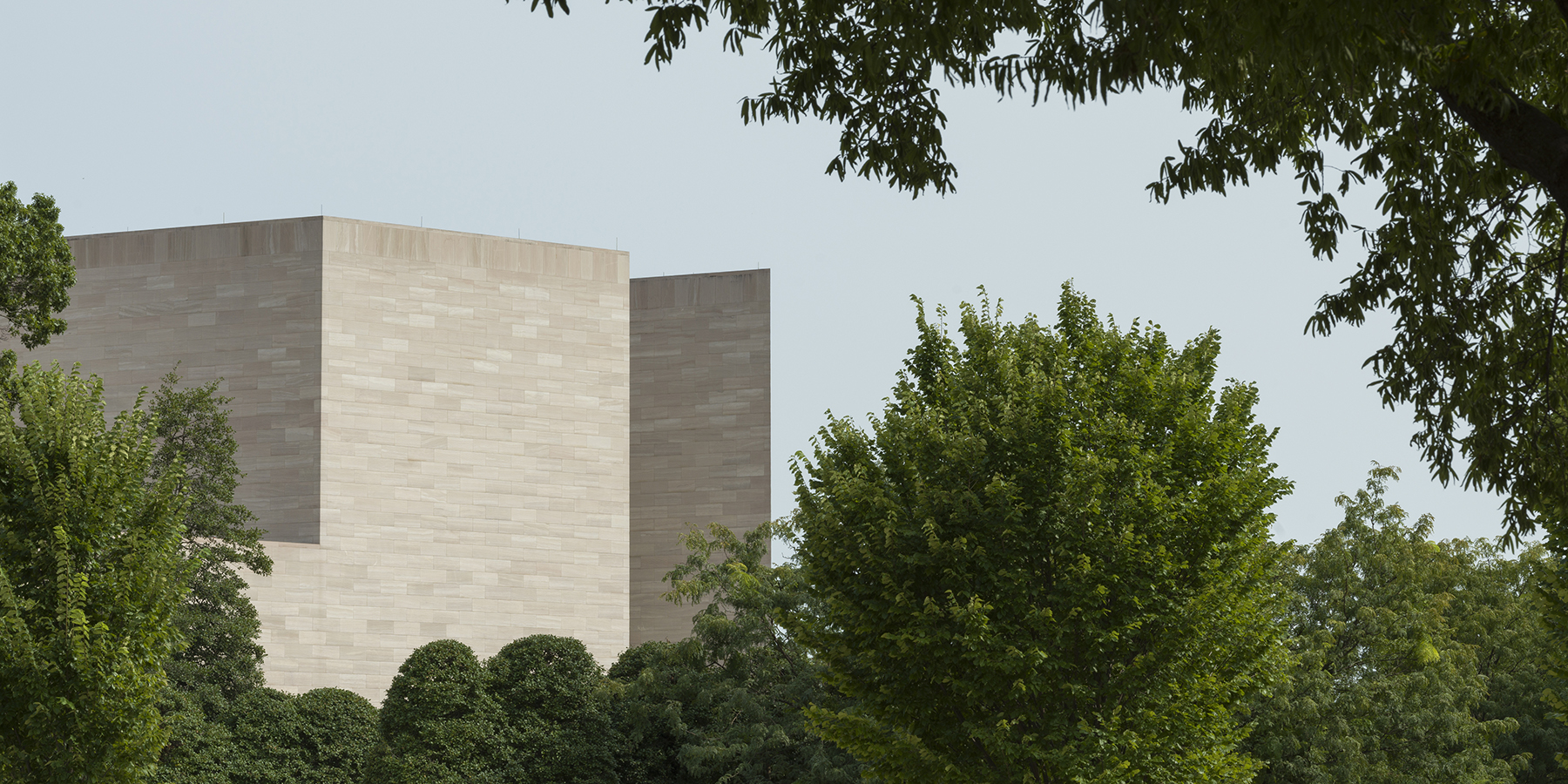During my time at the Center, I focused primarily on researching and writing the second and third chapters of my book. For chapter 2, I turn to the deinstitutionalization of psychiatric patients begun by psychiatrists Franca Basaglia Ongaro (1928–2005) and Franco Basaglia (1924–1980), the latter becoming director of the asylum in Trieste in 1971. Under the Basaglias’ leadership, the asylum became a space for public art and street theater, as well as for debates and performances by, among others, jazz saxophonist Ornette Coleman (1930–2015). Titled “Paper Sculpture,” the chapter traces the history of one sculpture in which hospital staff, patients, and professional artists all played a role: Marco Cavallo (Marco the horse, 1973). Artist Vittorio Basaglia (1936–2005) oversaw its production within an asylum-building-cum-art-laboratory, while experimental playwright Giuliano Scabia (1935–2021) guaranteed that the sculpture would become a machina teatrale (theatrical machine). Upon its completion, 600 patients paraded with it through the streets. Beyond the symbolism of the event, it shows how art’s activation within public space became a primary form of mediation between the worlds inside and outside of the asylum, whereby art was mobilized as an aesthetic, political, and ethical proposition in the service of psychiatric reform.
Kaira M. Cabañas
Deviant Art Histories
In what contexts has making art, or even practicing art history, been conceived as having positive therapeutic effects? In the 1920s, Aby Warburg (1866–1929) turned to the eccentric fields of magic, animism, and astrology. But his art-historical practice of seeking connections across space and time also owes something to his experience of chronic psychic suffering. With few exceptions, Warburg’s psychiatric internment is rarely engaged in the literature on his work. Warburg’s psychosis and “recovery”—through the delivery of an art history lecture in 1923 while still in psychiatrist Ludwig Binswanger’s care—is the point of departure for my current monographic book project, “Deviant Art Histories: From Radical Psychiatry to Cultural Citizenship.” This work will address the constitutive roles that art and artists played in the international calls for asylum reform during the 20th century. I confront this understudied history through a series of case studies that reveal how artistic practice—from sculptural production to filmmaking—was not only key to psychiatric care but a crucial means of making visible the politics of psychiatric reform. “Deviant Art Histories” thus contributes to interdisciplinary studies that examine cross-cultural approaches to artistic expression, the role of Western psychiatric theory and practice in a global context, and disability studies.

Papier-mâché sculpture, Marco Cavallo, leaving the psychiatric asylum with artists, patients, and staff, Trieste, 1973. Courtesy of the San Giovanni Park Study Center

Marcos Inácio Montes, Se o coração pensasse . . . (If the heart thought . . . ), 2013, drawing. Courtesy of Lula Wanderley and Marcos Inácio Montes
For chapter 3, titled “Creative Care,” I engage the work of Lula Wanderley (b. 1949), who as a professional artist brings creativity into the realm of psychiatric care and as a therapist extends the entwined genealogy of psychiatry and art that lies at the heart of Brazilian aesthetic modernism (the subject of my third book, Learning from Madness). Essential to Wanderley’s clinical practice is his elaboration of the individual therapeutic treatment by modernist artist Lygia Clark (1920–1988), her Estruturação do self (Structuration of the self), an object-oriented therapy in which Clark placed what she called “relational objects” on the bodies of her patients. Wanderley amplifies Clark’s therapy by working with marginalized populations in Rio de Janeiro whose psychiatric diagnoses often converge with race, class, and gender discrimination. With each client, Wanderley develops individualized forms of care, which includes the client’s participation in creative activities or undergoing Estruturação do self. Through the creation of what he calls “hybrid zones,” he actively blurs the categories of art and nonart, the clinical and nonclinical. In so doing, Wanderley reveals how art as therapy is constitutive of art as an avant-garde practice.
In my final weeks at the Center, I also conducted preliminary research on how contemporary artists have explored the critical recovery of psychiatric histories through their practices. For example, Resilience Garden by Mohamed Bourouissa (b. 1978) is a work based on a production by one of Frantz Fanon’s (1925–1961) Algerian patients. This contemporary work serves as a creative frame through which I further explore Fanon’s decolonization of the arts in psychiatry in the 1950s.
The figures at the core of “Deviant Art Histories” were dedicated to their patients’ experiences and used cultural and visual practices as therapeutic tools. But they went further in prompting additional questions for art history: Who is recognized as an artistic subject? What is recognized as art, by whom, and under what conditions? The psychiatrists’, artists’, and patients’ work I address throughout “Deviant Art Histories” challenges the norms that define who is and who is not a subject, who is considered sane and insane, and who stands to benefit from exercising what I call a common creativity in the production of cultural forms. At times deliberately and at other times unwittingly, their work challenges what art history is and suggests what art history might become when one looks at art and its histories as produced under different institutional, cultural, colonial, and psychic conditions.
University of Florida
William C. Seitz Senior Fellow, 2021–2022
Following her Center fellowship, Kaira M. Cabañas will return to the School of Art + Art History at the University of Florida as professor of modern and contemporary art. Her book, Immanent Vitalities: Meaning and Materiality in Modern and Contemporary Art, is the recipient of the 2022 Frank Jewett Mather Award from the College Art Association.
